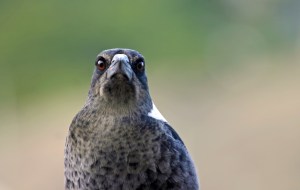Discover stories in Environments
Recovery: New Chance to Save Land and Water
Reauthorize and Fund the Land and Water Conservation Fund. Over its lifetime, LWCF has done a lot to make America great, and without it some of the country's most beloved public lands might not exist.
One Square Meter of Prairie
What can be found in a square meter of prairie? You’ll be surprised. (Photographs included!)
What Scientists Can Learn from Sound and Silence
Sound holds the potential to help fill one of the most vexing evidence gaps in conservation: How do we know what we're doing is actually working?
Why You’re Seeing More Hawks at Your Birdfeeder
Hawks are reclaiming the city. A new study examines the factors most influencing this recolonization.
The Bizarre and Disturbing Life of Sea Cucumbers
Sea cucumbers are absolutely fascinating, despite an utter lack of charisma.
Your Guide to Enjoying Winter Birds
Understand your backyard birds, find new species, enjoy new avian-related adventures with our complete guide to winter birding.
Winter Warmer: Make Tea from Local, Wild Plants
You can find the ingredients for a tasty wild tea on your next hike or ski trip.
River Pollution Threatens Australia’s Great Barrier Reef
Coral bleaching dominates headlines about Australia’s Great Barrier Reef, but perhaps the most dangerous threat lurks on land, far away from the reef itself.
Recovery: New Hope for Caribbean Coral
An effort to restore coral reefs finds its hope in fragments. Literally.
Keeping Conservation Relevant in the Urban Century
How will nature fare in the face of the most significant urban growth in human history?
Australian Magpies Are The Real Angry Birds
Spring often brings stories of watchful bird parents defending their nests. But nowhere is this swooping season as terrifying as Australia
Should We Let Kids Eat Dirt?
What does the science say about kids, dirt and germs?











